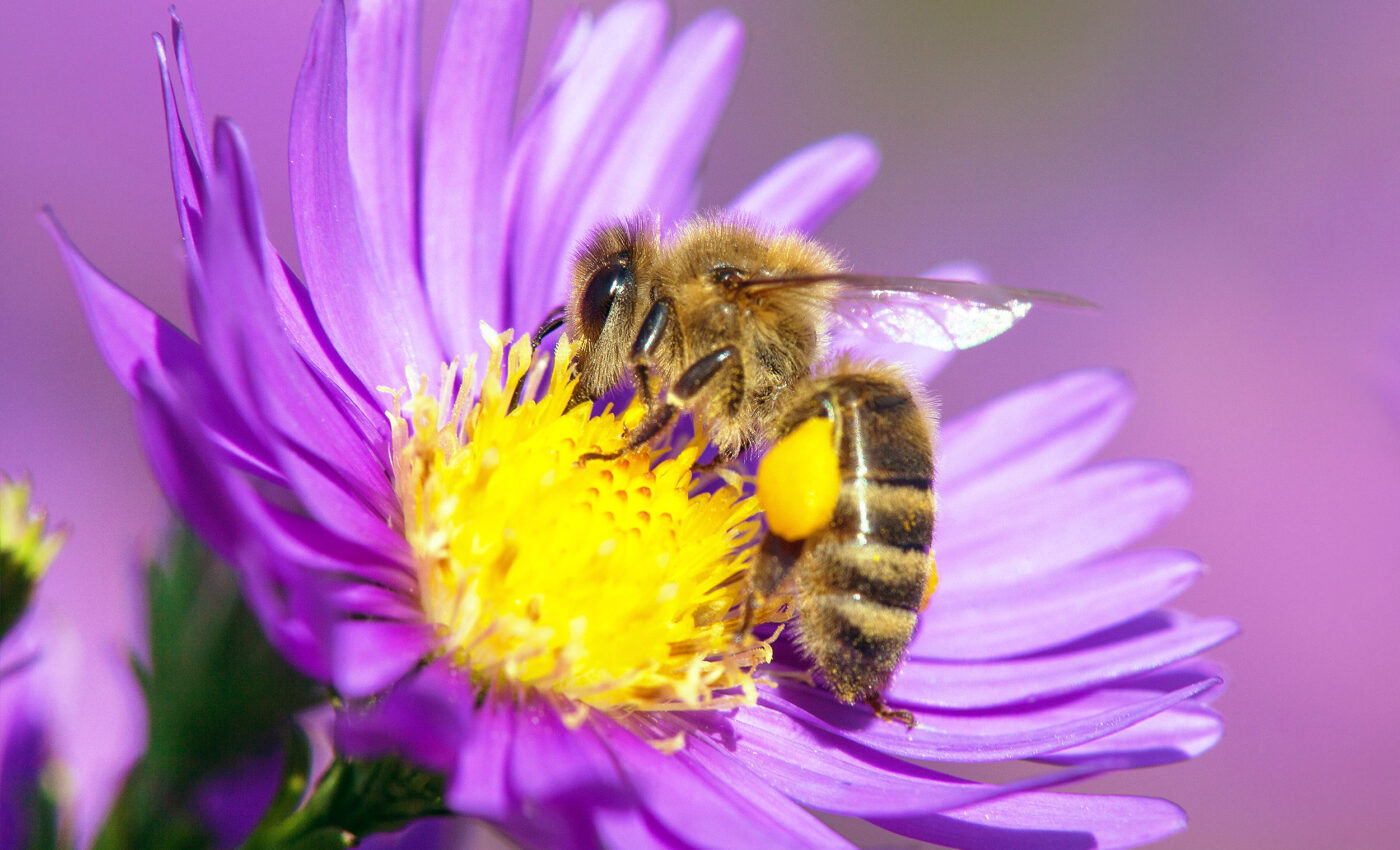
Different bee species have unique nutritional needs and appetites
Have you ever wondered why certain flowers are more appealing to bees? New research on bees and nutrition seems to have found the answer to this question.
Recent research from the USDA Forest Service’s Rocky Mountain Research Station and the University of Nevada, Reno sheds light on this.
Their study reveals how the nutritional value of plant pollen influences bee foraging behavior and community composition in gardens.
This finding is crucial, especially when considering larger implications such as combating the decline in pollinator populations through improved rangeland restoration strategies.
Nutritional requirements of bees
The study delved into the foraging habits of wild bees, uncovering that different bee species have varied nutritional requirements.
“Nutrition is widely recognized as a key factor in addressing pollinator declines, and plants vary in the protein and lipid content of the pollens they offer to bees,” explains lead author Dr. Anthony Vaudo, a research biological scientist at RMRS.
He emphasizes the importance of pollen nutrition, particularly for developing bee larvae, which rely on pollen as their primary food source.
“We wanted to bring focus to that aspect of nutrition and foraging and its direct effects on the health of the developing bees,” he added.
Implications for plants and bee nutrition
Dr. Vaudo and his team analyzed the protein and lipid content in the pollen of 109 plant species in the Great Basin region. These plants bloom simultaneously, providing a comprehensive view of the nutritional landscape available to bees.
The research discovered that the nutritional content of pollen in different plant communities predicts the types of bee communities they attract.
An intriguing aspect of their findings is that many bees do not show loyalty to specific plant families or genera. Instead, their preferences are based on more fundamental nutritional needs.
This insight is especially relevant when selecting seeds for conserving bee habitats and plant communities.
Enhancing bee conservation efforts
The study also reveals that plants within related genera offer similar pollen nutrition, making them functionally akin for bees. This knowledge could predict how a bee might choose a host plant in new environments.
“This has exciting opportunities for future restoration research and could change the way bee communities can be conserved or improved,” Vaudo said.
“For example, designing a restoration project with more nutritionally diverse plants and testing to see if they attract more bees or a higher diversity of bees.”
He highlights a beneficial feedback loop where increased pollination leads to more seed production, supporting healthier bee populations and offering resilience in changing environments.
“This idea of nutritional diversity can support healthier bee populations and hopefully provide resilience in changing environments,” explained Vaudo.
In summary, this research not only enhances our understanding of bee foraging behavior but also opens new avenues for conservation efforts.
By considering the nutritional needs of bees, we can design more effective strategies to nurture and preserve these vital pollinators, ensuring the health of our ecosystems and agricultural productivity.
The full study was published in the Proceedings of the National Academy of Sciences.
—–
Like what you read? Subscribe to our newsletter for engaging articles, exclusive content, and the latest updates.
Check us out on EarthSnap, a free app brought to you by Eric Ralls and Earth.com.
—–













